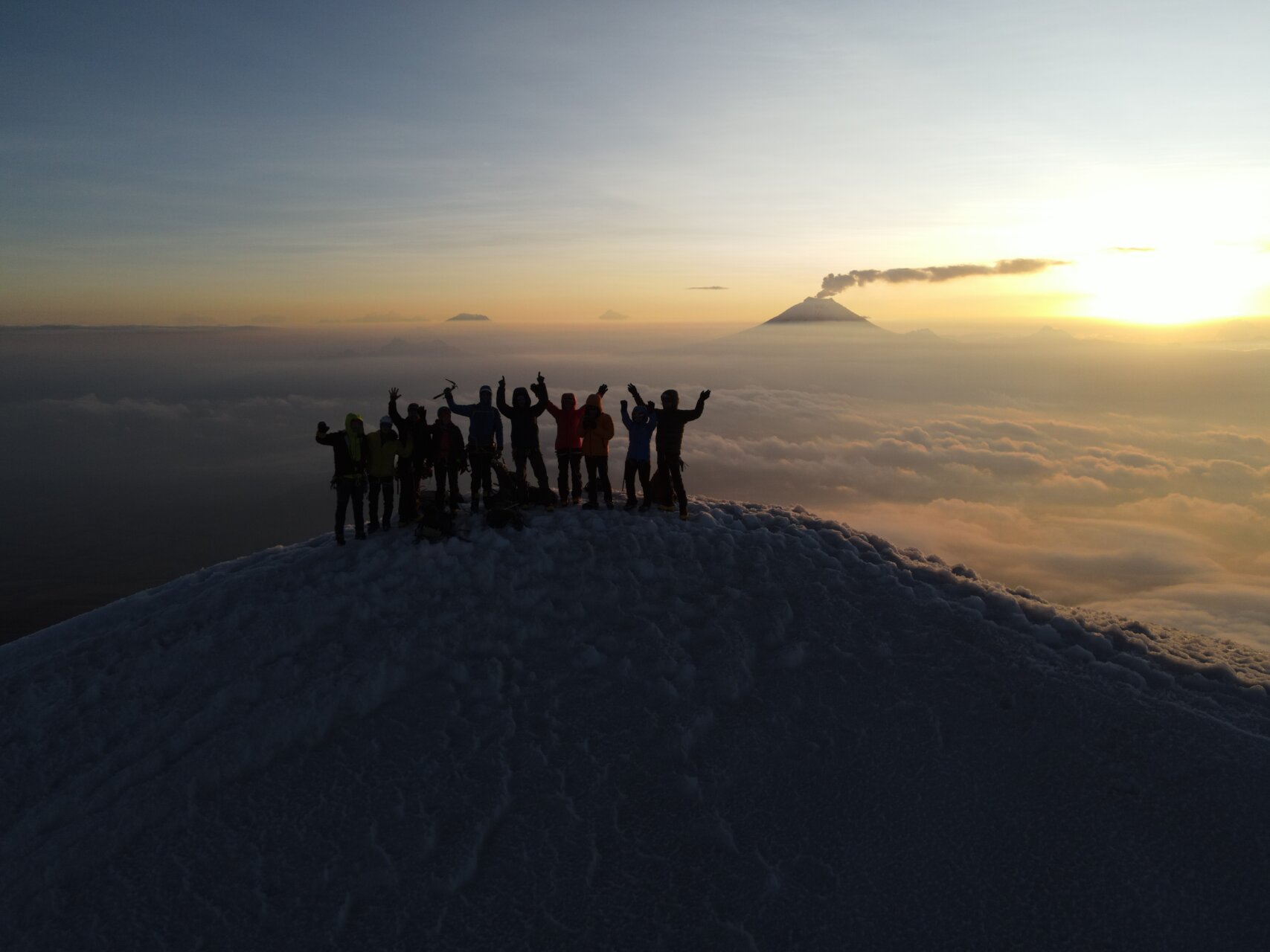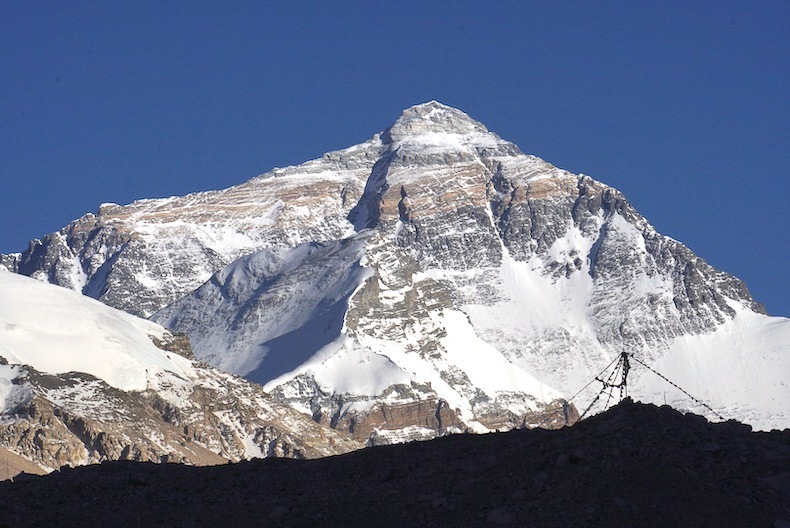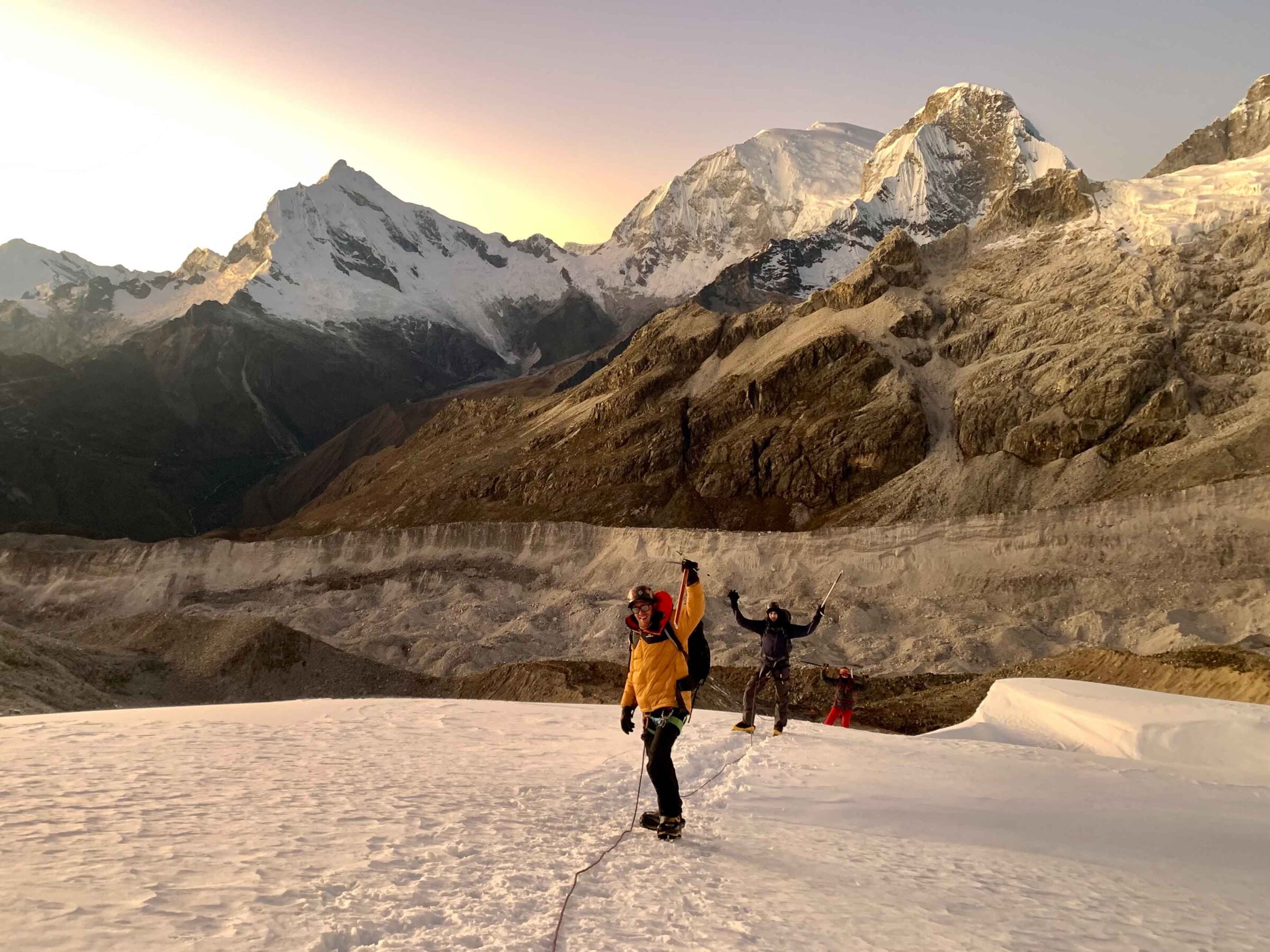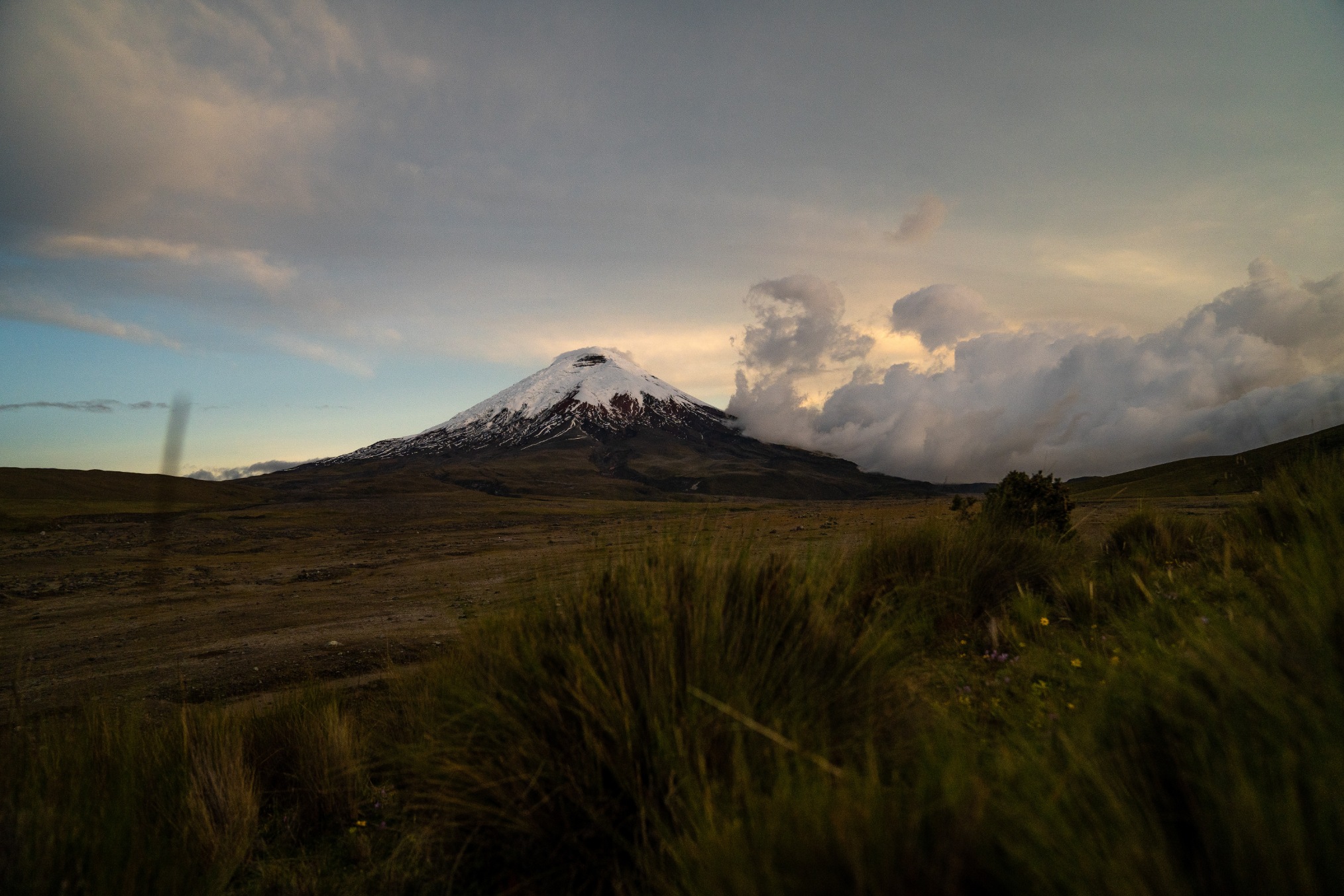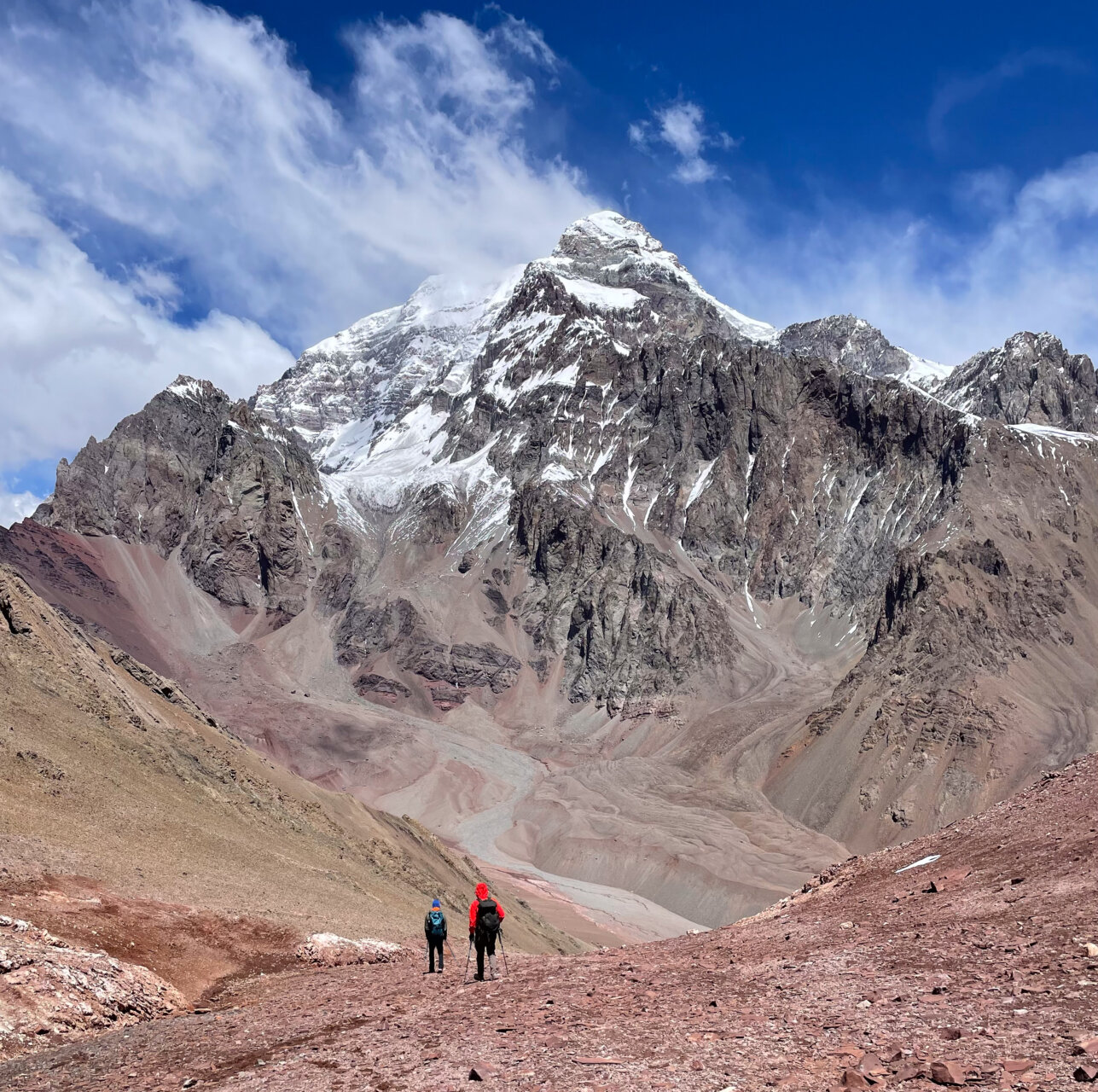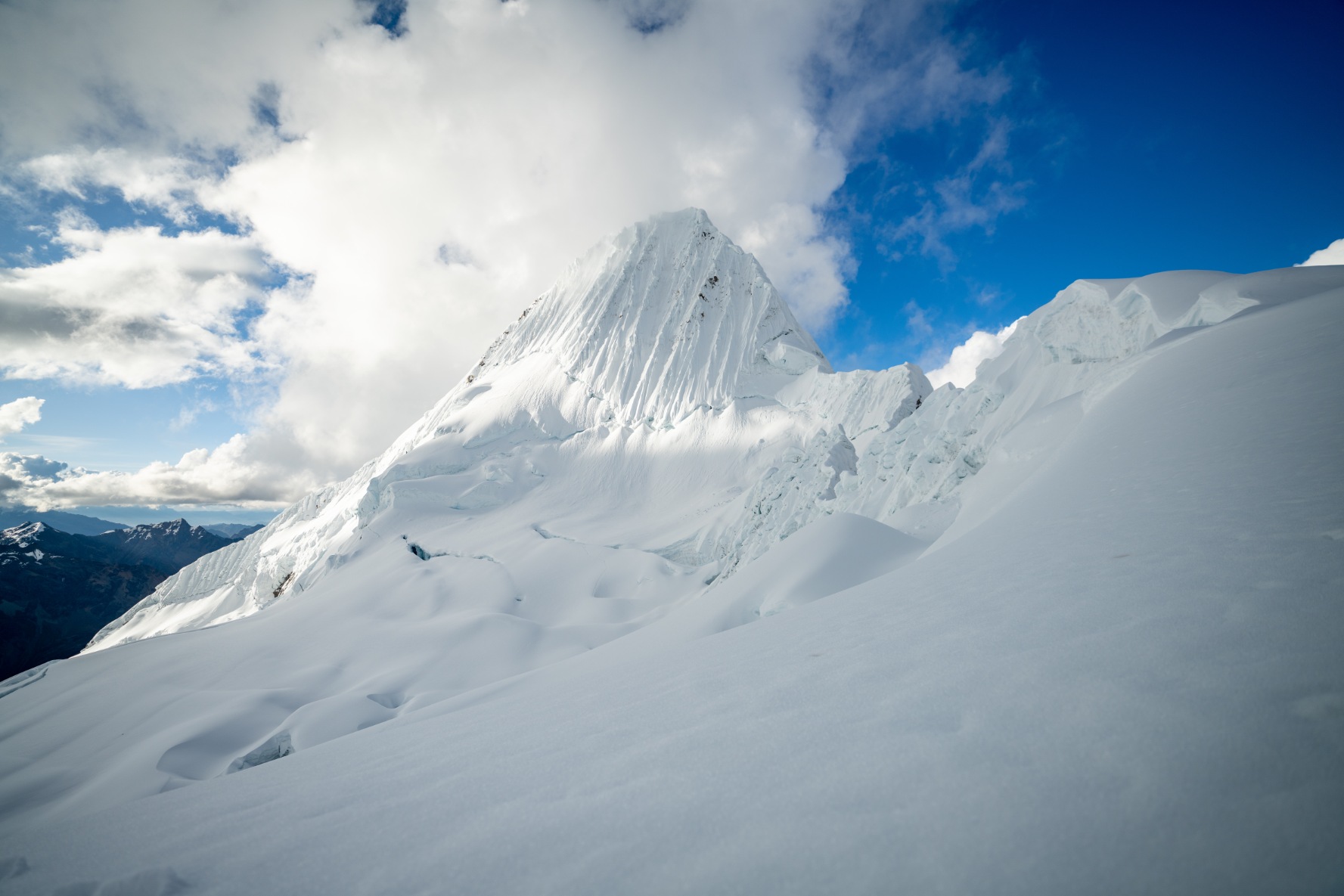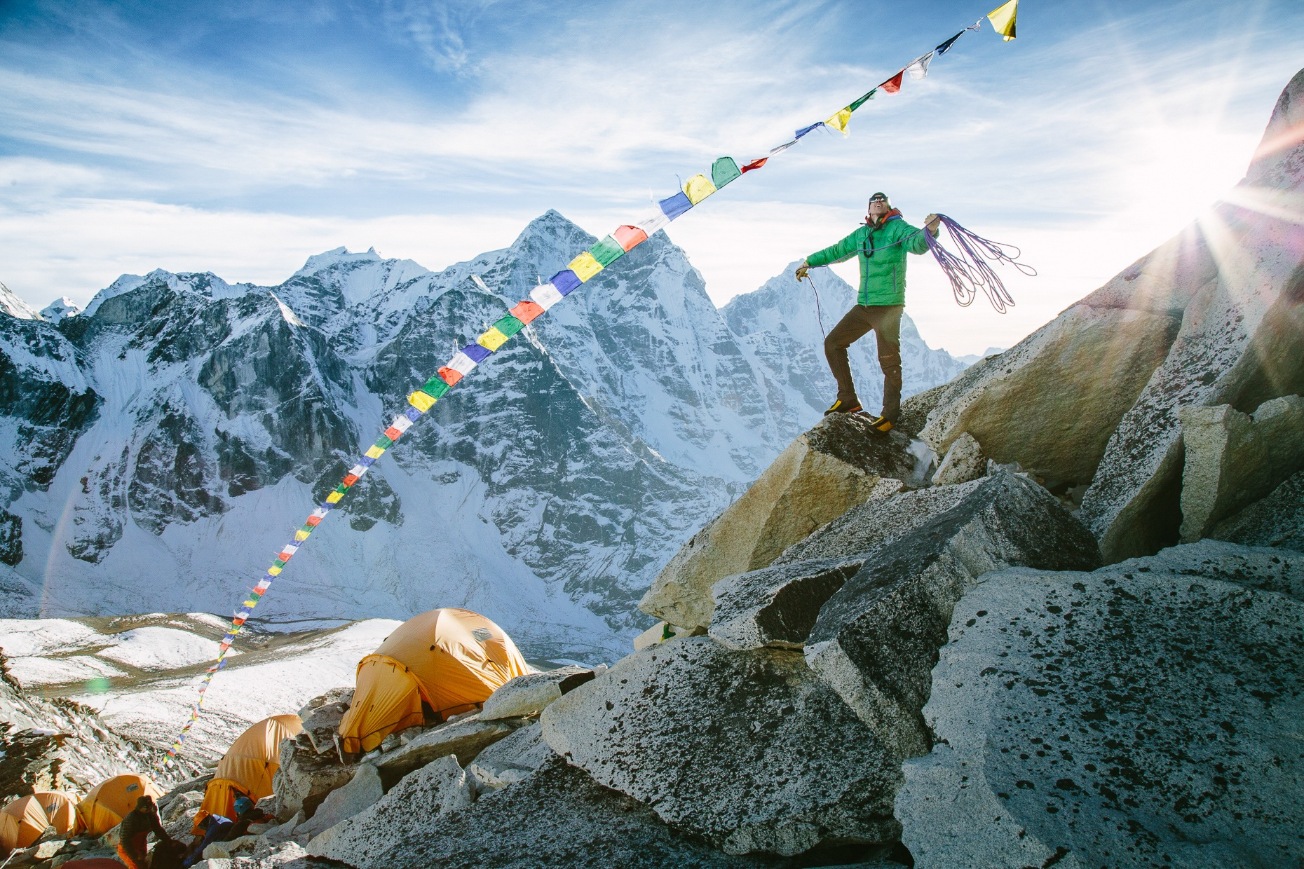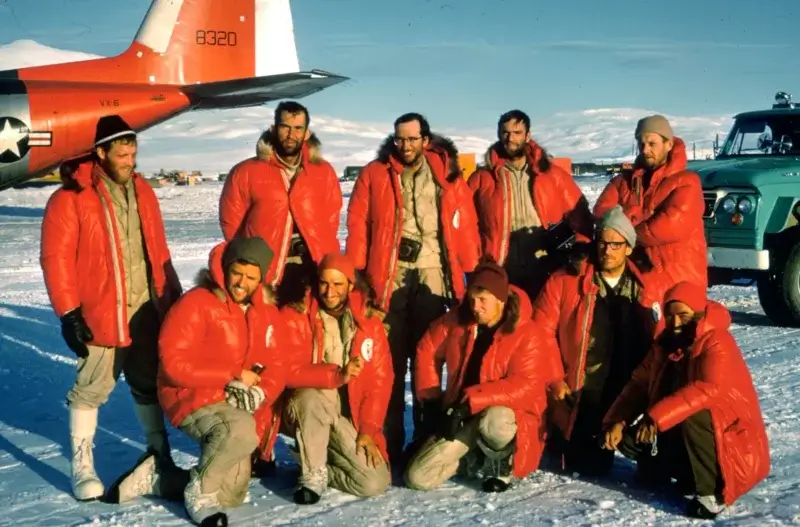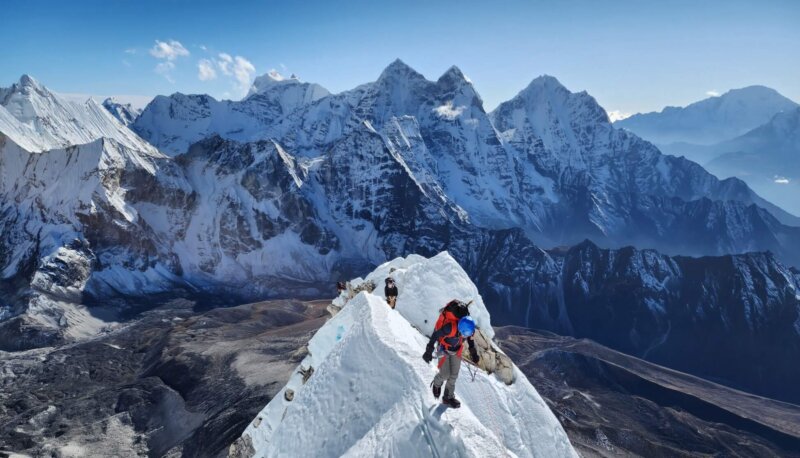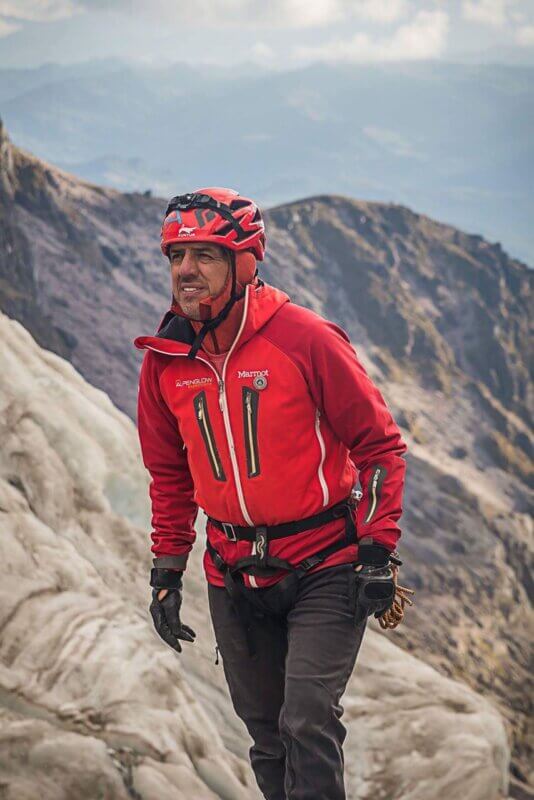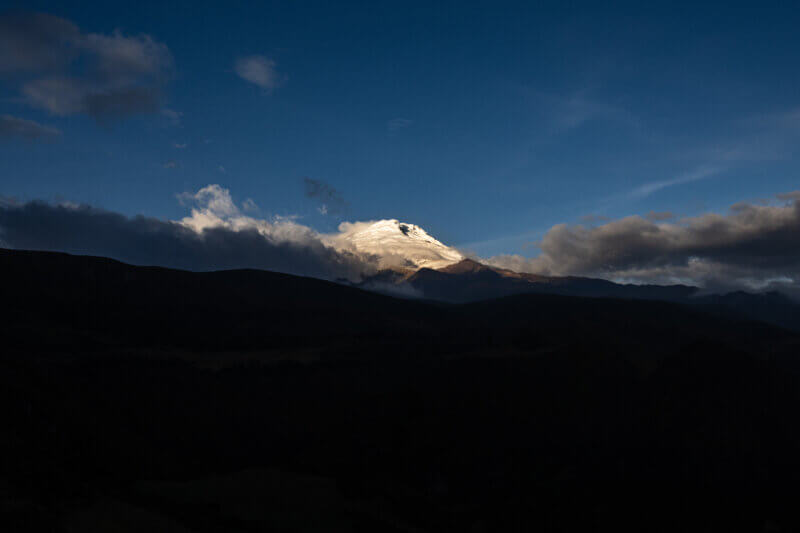Five Expeditions Before Climbing Everest with Topo Mena
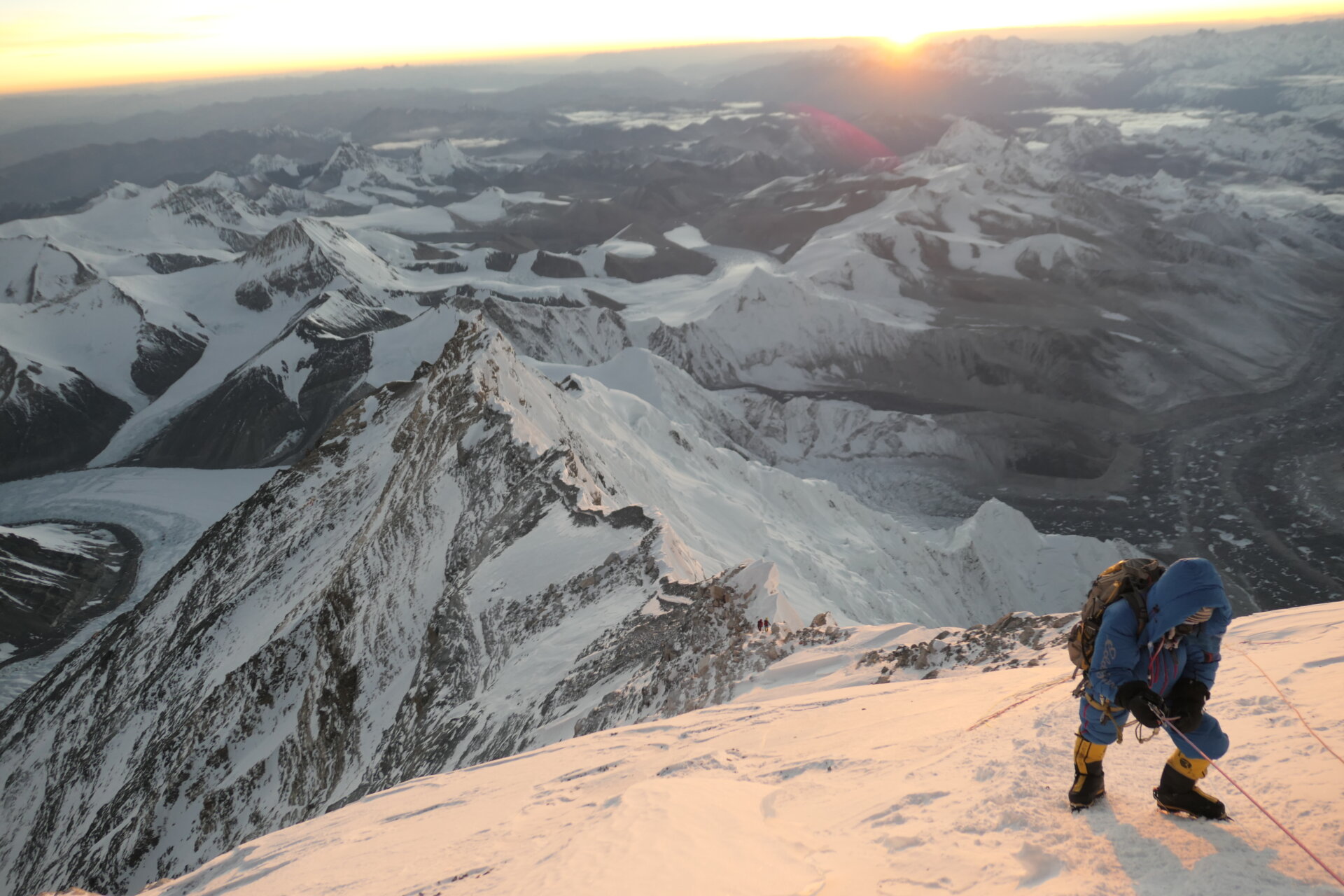
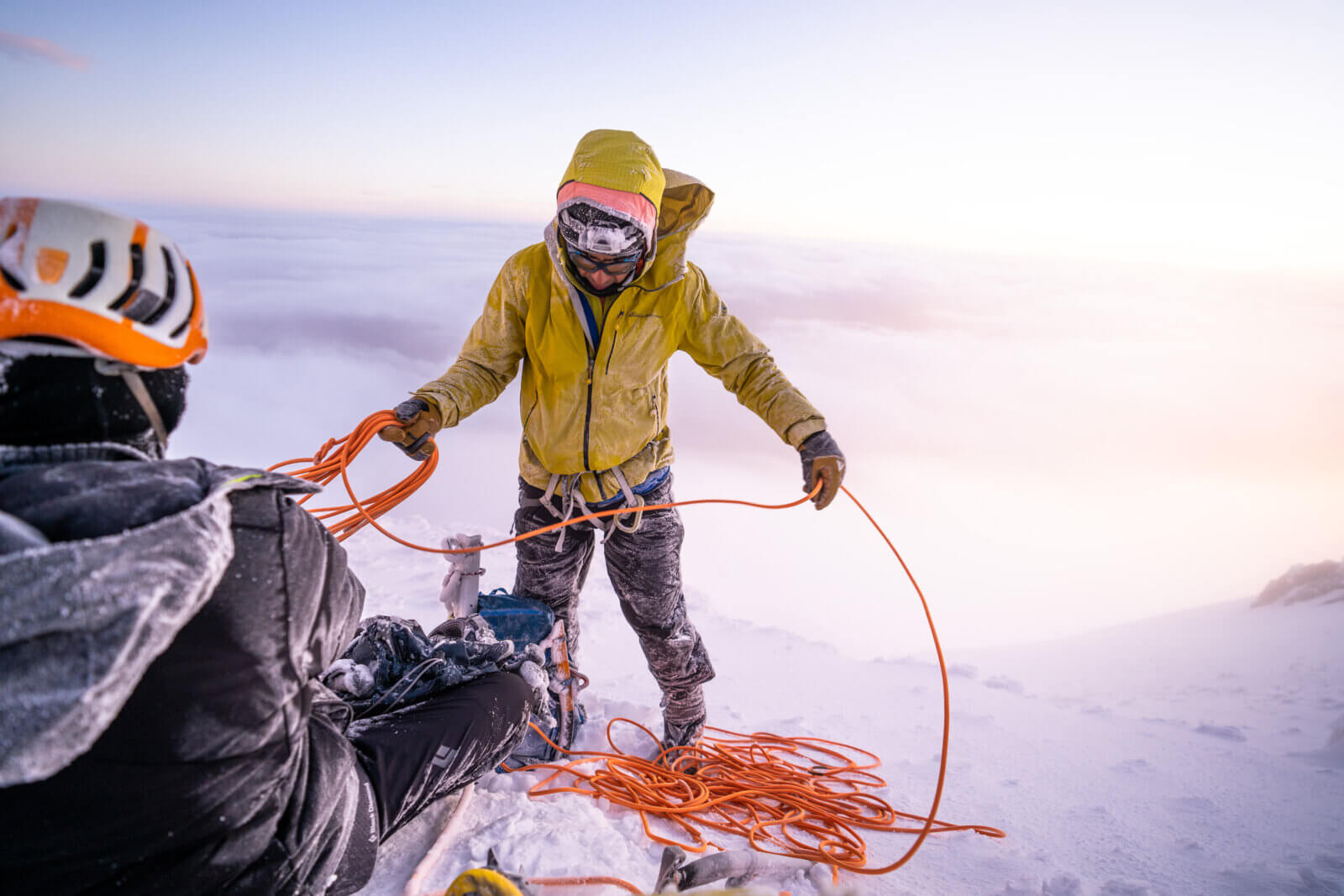
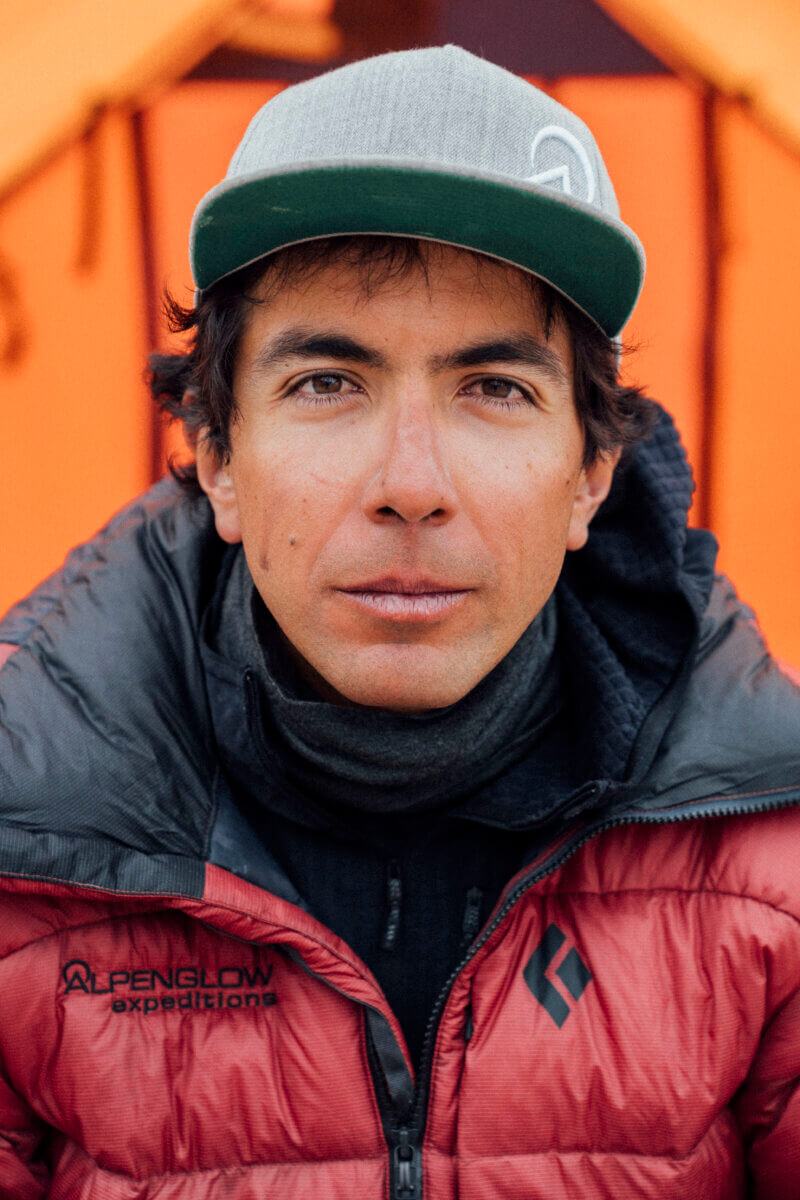
Now that Everest season is in full swing, this week we connected with IFMGA-certified Alpenglow guide Esteban ‘Topo’ Mena to talk about five expeditions that are perfect for building the experience necessary to climb the tallest mountain in the world.
Topo was the youngest non-Sherpa (23) to summit Everest with no supplemental oxygen or porter support, and has summited Cho Oyu, Makalu, Manaslu, K2, Gasherbrum I, and Gasherbrum II. Topo’s fire for the mountains burns bright, and his story is an example of what’s possible with the combination of passion, determination, and hard work. His passion is contagious, and we’re extremely lucky and proud to have him leading our teams. For more from Topo’s incredible journey, check out “Inside the Mind of Topo Mena”.
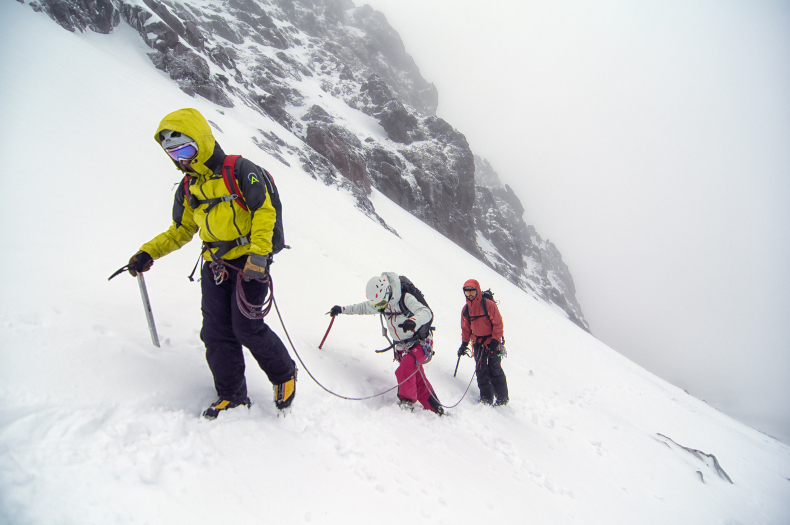
1. Ecuador Climbing School
I can confidently say that there is no other place in the world like Ecuador where you can access 5000-meter and 6000-meter peaks. It is the perfect place to let people discover these environments and have a taste of what it’s like to be in the big mountains. If you add too many variables to the equation on your first time climbing a big mountain, the potential for an overwhelming experience is high. But Ecuador lets you answer the simple questions with amazing margins of comfort, which helps people absorb these experiences in a positive way. You have the capital city of Quito with access to comfort, food, and medical facilities, but we’re so close to big, technical, glaciated mountains like Chimborazo and Antisana. Nature gives us gifts like sunshine, like the air we breathe…and then, there are some gifts like Ecuador. There’s nowhere else you can drive to a comfortable hut at 4000 meters and experience what it’s like to be at high altitude. Most of the population of the world lives below 4000 meters, but in Ecuador you can drive and within just a few hours…boom: you’re in an environment where life is scarce.

2. Peak Lenin
Peak Lenin is the in-between place that has taught our teams how to make the jump from 6000 meters to 8000 meters. At 7,000 meters, it’s a big, high mountain, and it’s a long route to the top. It doesn’t have high risk of objective hazards, we do acclimatization rotations, we sleep in high camps, and we learn how to be on a big mountain team. The fact that we have a 7,000 meter peak that’s just a day’s travel from Bishkek is just…perfect.
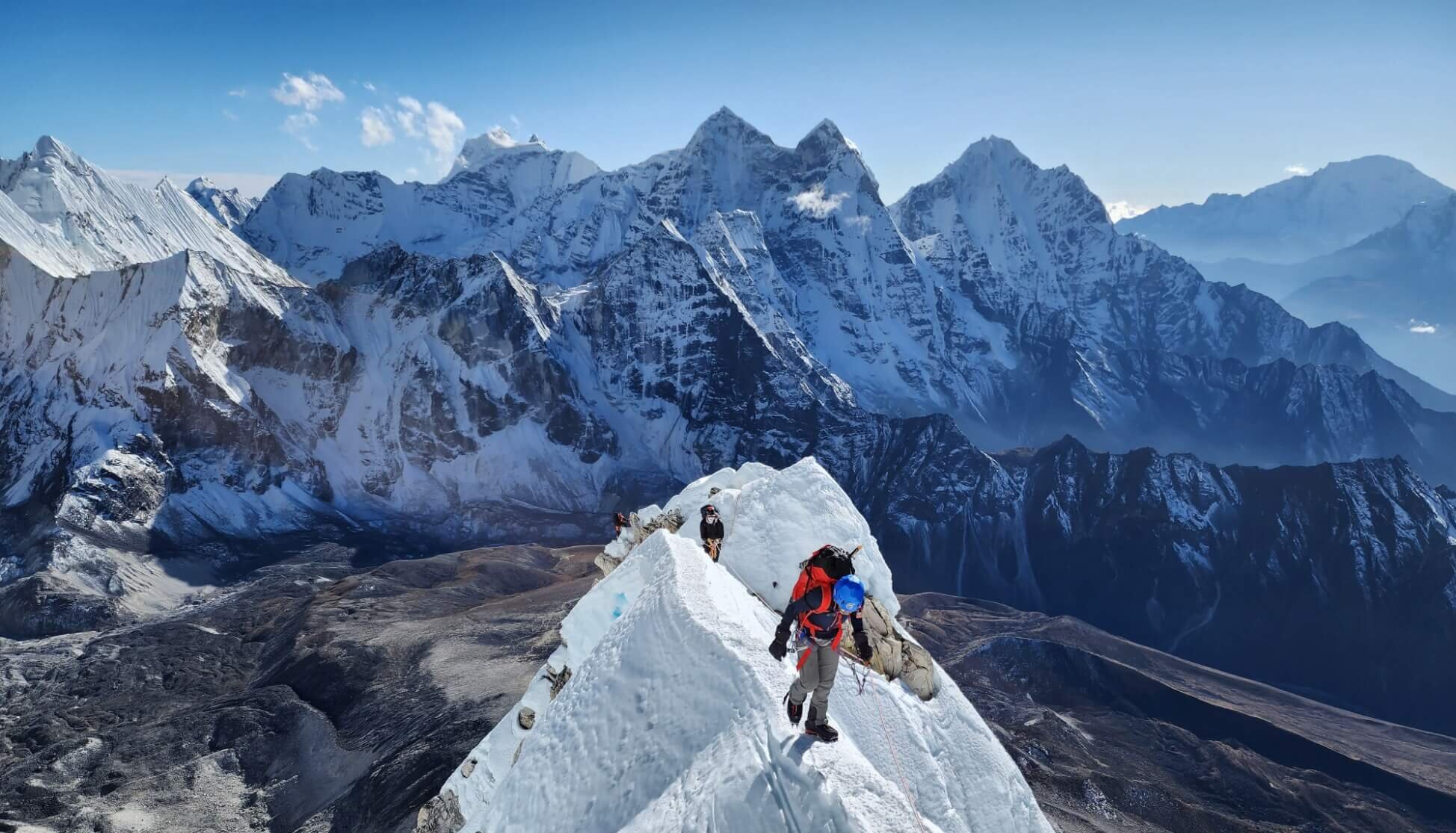
3. Ama Dablam
Ama Dablam is the masterclass of Himalayan climbing. If you can climb Ama, you can climb in Himalayan style (high mountain camps, technical climbing, and fixed ropes) anywhere. It’s super complex, but in a fun way and without being overwhelming. It’s very steep, but the ropes are fixed really well, and it has the feeling of an immense mountain that helps people understand how it feels to be up high and exposed. You have steep rock climbing, scrambling terrain, mixed (snow+rock+ice) terrain, and classic high altitude grinding through 50-degree snow up high. It’s really incredible how much varied terrain is on the mountain. Every part of Ama Dablam could be an amazing climb anywhere else in the world, but nature stacked them all on top of each other on Ama Dablam. If it was in the middle of Pakistan, for example, just a little bit farther out, just a little harder, hardly anyone would climb it. But it’s right there in the Himalaya. If you can go up Ama, you pretty much have a grasp of what it means to climb an 8000-meter peak using fixed ropes.
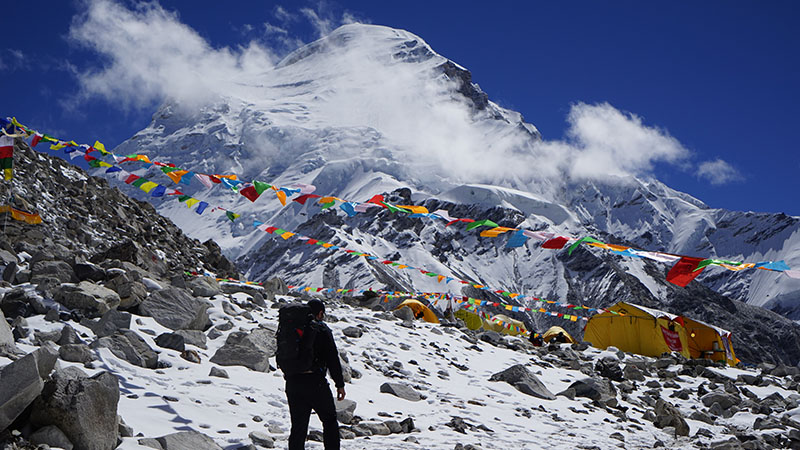
4. Cho Oyu
Let’s put it this way: 8000 meters is the realm of giants. These mountains have captured the imagination of climbers since the moment humans first saw them. To me, this could be overwhelming because when you see them, it feels impossible. But with anything that feels impossible, there’s always something that helps you start that task, or that dream. In this realm of mountains that are high, hard, and dangerous, there is one mountain that, to me, it’s like it was made by someone who decided to make something for people to understand what climbing at 8000 meters is about, and that’s Cho Oyu. Cho Oyu is known as the ‘easiest’ 8000er, but it’s not easy. I like to think of it as the most inviting. Once you’ve been to a few of the 8000ers, you see the dangers of being in these environments. But Cho Oyu is like if there was an 8000-meter fairy that decided to make a mountain where people can learn about climbing at 8000 meters without hurting themselves. To be clear: it is dangerous, it is hard, and it is really high. But we climb Cho Oyu because everything here just connects in a perfect way. It is a gift, and the best way to be grateful for this is to go and climb it.

5. Vinson Massif
A lot of our Everest climbers like to save Vinson for the last of their Seven Summits. It’s a pretty common next step after climbing big mountains, because it has all the same parts without the stress of altitude. You’re far out there, it’s cold, and it’s beautiful beyond explanation: you just have to experience it for yourself. It’s the closest I’ve been to being in outer space. If you love mountains, and you have the opportunity to go, it’s something you have to do. For me, going to Antarctica was transformational: in my life, there’s a before Vinson and after Vinson. Out there, you get a grasp of the magnitude of nature. It’s so vast, it feels so immense, and it puts everything else in perspective. From climate change, to how we have affected mountains around the world versus how protected Antarctica is…it showed me that it is possible to keep mountains clean, and how to take care of the environments that we love so much. It just takes a little bit of extra thinking.
Eager to learn more? Check out Alpenglow’s Road to Everest, and reach out to our team to see what makes the most sense for you as a next step on your mountaineering journey. Click HERE to schedule a call with Griffin Mims, Alpenglow’s International Coordinator.
